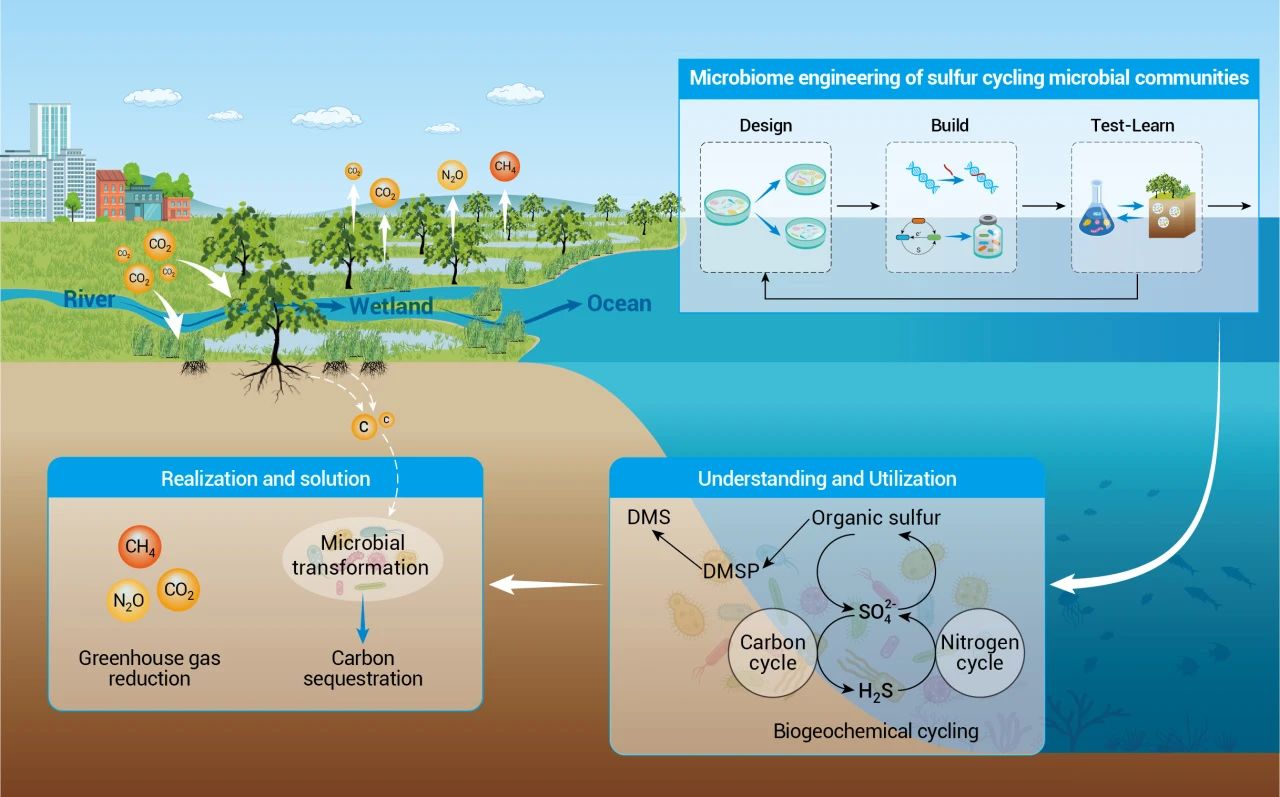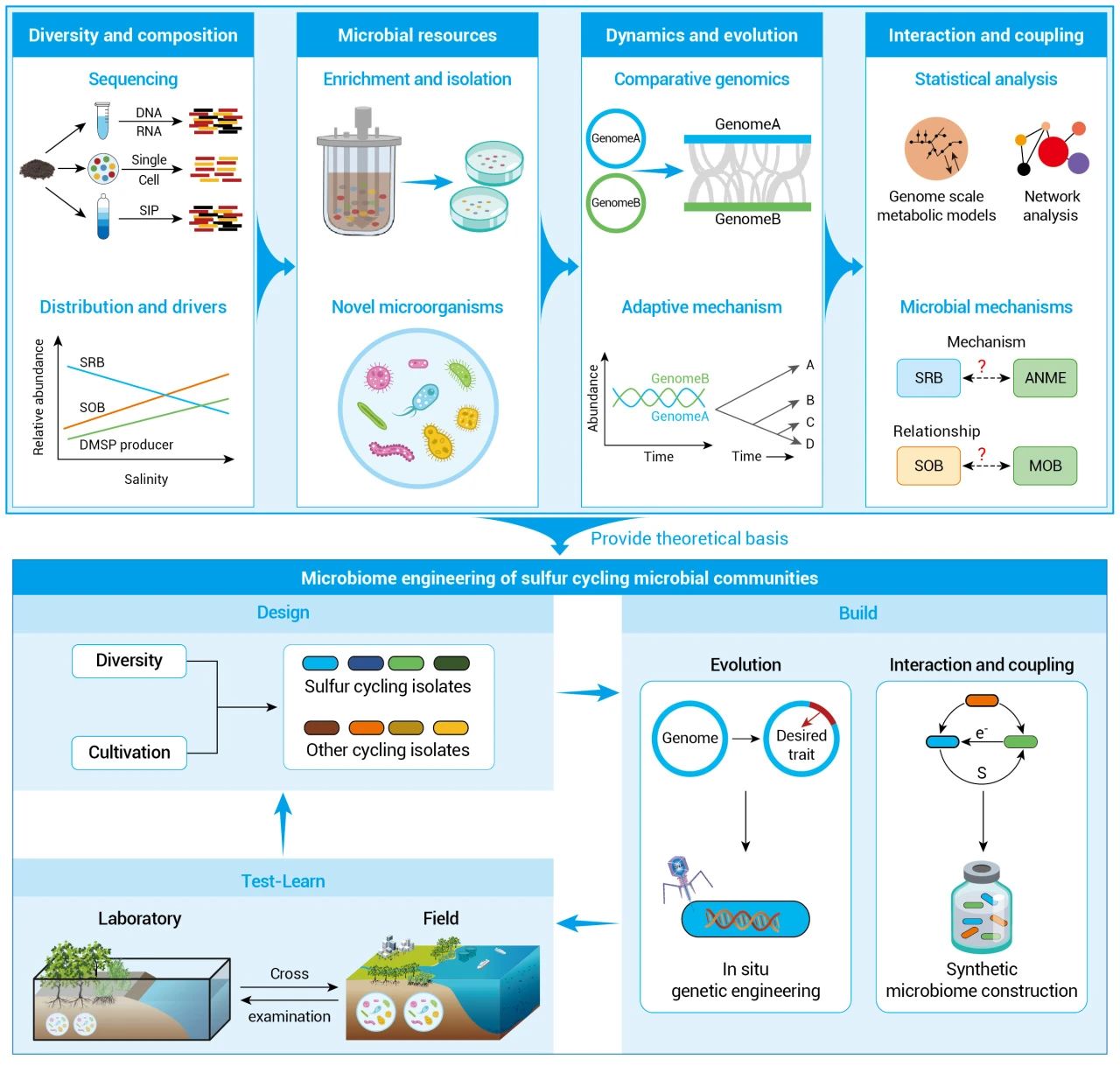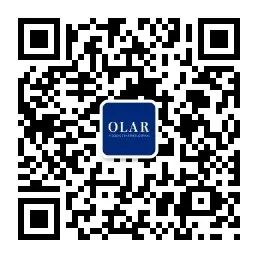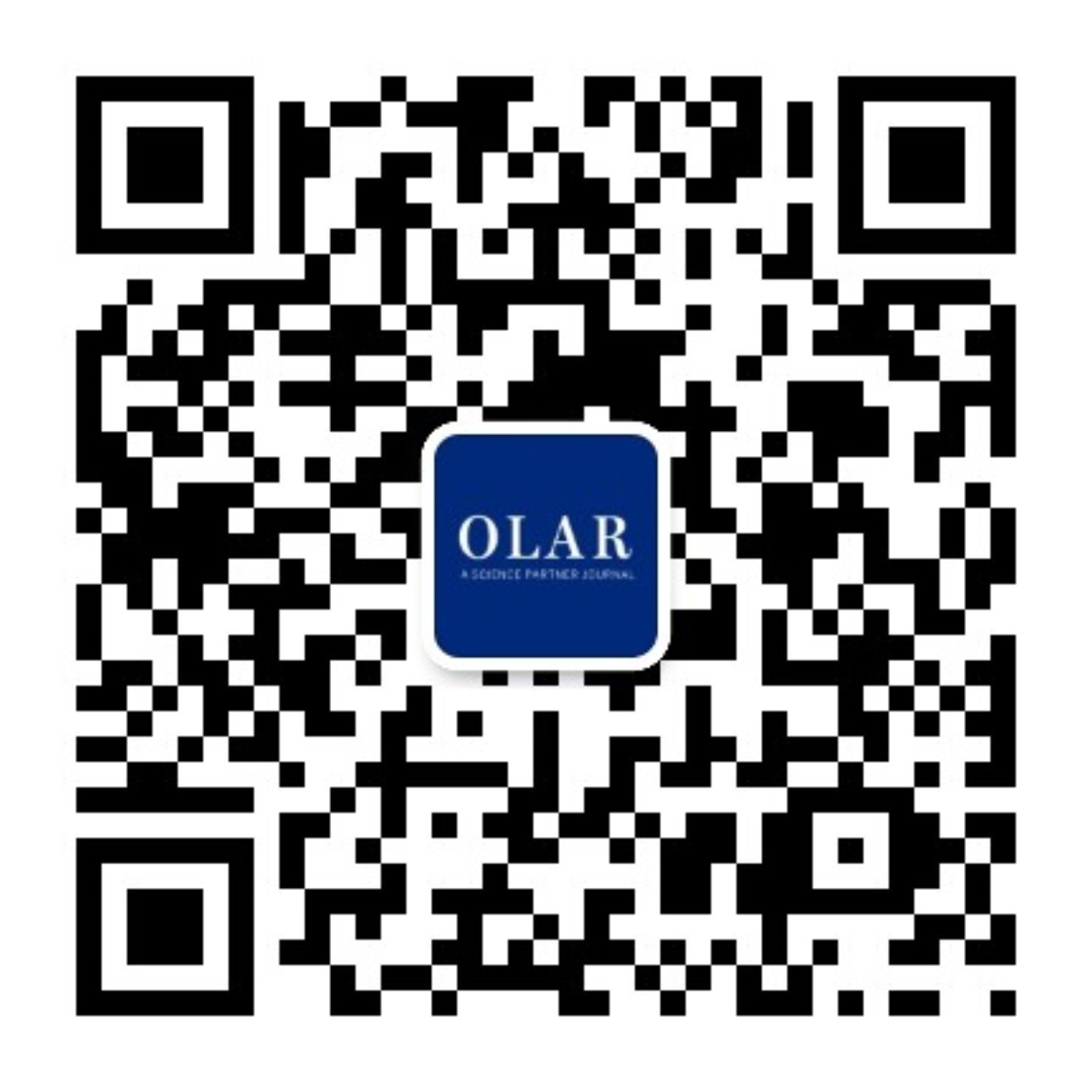
导读
硫是构成生命体的基本组分,微生物在硫循环过程中起着重要作用。河流-湿地-海洋(RWO)连续体是一个动态连接区域,包括河口、滨海湿地(如红树林、盐沼和海草床等)和近海生态系统。RWO连续体被认为是硫循环的热点区域,硫循环作为重要的生物地球化学过程常与碳循环、氮循环和金属循环耦合,对RWO连续体的生物地球化学循环、碳固定和温室气体排放起着至关重要的作用。然而,目前对RWO连续体中微生物驱动的硫循环以及如何利用微生物组工程提高生态系统功能还缺乏系统认识。
本文综述了RWO连续体中硫循环通量、硫循环微生物和功能基因以及硫循环与其他元素循环的耦合机制,并展望了RWO连续体中硫循环微生物群落的多样性、进化、培养、相互作用和耦合机制的微生物组工程应用前景。相关研究成果近日发表于Science合作期刊Ocean-Land-Atmosphere Research上。

图1 图文摘要
主要内容
在自然界中,硫化合物多种多样,包括硫酸盐、亚硫酸盐、硫代硫酸盐、硫化物、单质硫和有机硫等。在RWO连续体中,硫含量丰富,有研究探究了无机硫和有机硫在近海中的循环通量,然而其硫循环通量的全貌仍不清楚。微生物驱动的硫循环主要包括同化和异化硫酸盐还原、硫还原、硫氧化、硫歧化、DMSP的产生、DMSP的去甲基化和裂解以及DMS的转化。硫循环可通过硫酸盐还原耦合有机质矿化/甲烷氧化/厌氧氨氧化/铁还原和硫氧化耦合固碳/硝酸盐还原连接碳循环、氮循环和金属元素循环,多种微生物参与这些耦合过程,并在RWO连续体的生物地球化学循环中起着关键作用。
最后,本文作者基于目前对硫循环的认识,提出了进一步探索其多样性和组成、富集分离、进化、相互作用和耦合机制的概念框架,并重点关注硫循环微生物群落的微生物组工程,通过"设计-构建-测试-学习"的工作流程开发基于硫循环微生物群落的微生物组工程,并应用于RWO连续体,进而提高其生态系统功能(图2)。

图2 河流-湿地-海洋连续体中微生物驱动的硫循环过程的研究展望
总结与展望
本文综述了RWO连续体中微生物驱动的硫循环的最新进展,填补了对RWO连续体中硫循环的认识空白,并进一步提出了开发硫循环微生物群落的微生物组工程的重要观点,为应用微生物组工程来增强生态系统功能和克服全球气候变化的挑战提供了理论基础和新的途径。
原文链接:https://spj.science.org/doi/10.34133/olar.0027
文章标题:
Microbially Driven Sulfur Cycling in the River–Wetland–Ocean Continuum
文章作者:
Xiaoli Yu, Ruiwen Hu, Mei Tao, Lu Qian, Faming Wang, Shanquan Wang, Mingyang Niu, Qingyun Yan and Zhili He
文章摘要:
Sulfur (S) is an essential biological element, and S cycling is mainly driven by metabolically versatile microorganisms. The river–wetland–ocean (RWO) continuum here is defined as the dynamically connected region with estuary, wetland, and near-marine ecosystems, and it is considered a hotspot of biogeochemical cycling, especially a major biotope for S cycling. Various forms and oxidation states of S compounds are considered ideal electron donors or acceptors and are widely utilized by microorganisms via inorganic or organic S-cycling processes. The S-cycling pathways are intimately linked to the carbon (C), nitrogen, phosphorus, and metal cycles, playing crucial roles in biogeochemical cycling, C sequestration, and greenhouse gas emissions through various mechanisms in the RWO continuum. This review provides a comprehensive understanding of microbially driven S cycling in the RWO continuum. We first illustrate the importance of S cycling in this continuum, including key microorganisms and functional processes (e.g., dissimilatory sulfate reduction, S oxidation, dimethylsulfoniopropionate production, and catabolism) as well as their corresponding S flux characteristics. In particular, we emphasize recent advances in the coupling mechanisms of the S cycle with other major element cycles. We further propose important perspectives for developing microbiome engineering of S-cycling microbial communities via integration of current knowledge about the multidimensional diversity, cultivation, evolution, and interaction of S-cycling microorganisms and their coupling mechanisms in the RWO continuum, providing a new window on applying microbiome-based biotechnologies to overcome global climate challenges.
文章引用:
Yu X, Hu R, Tao M, Qian L, Wang F, Wang S, Niu M, Yan Q, He Z. Microbially Driven Sulfur Cycling in the River–Wetland–Ocean Continuum. Ocean-Land-Atmos. Res.2023;2:Article 0027. DOI:10.34133/olar.0027

OLAR 期刊简介
Ocean-Land-Atmosphere Research (OLAR) 由南方海洋实验室和美国科学促进会合作出版,入选2022年度中国科技期刊卓越行动计划高起点新刊项目,海洋负排放国际大科学计划(Ocean Negative Carbon Emissions, ONCE)学术出版合作平台,已被全球最具影响力的开放存取期刊目录DOAJ(Directory of Open Access Journals)数据库收录。本刊以海洋相关学科为重点,刊稿主题包括但不限于:海陆气相互作用、海洋碳中和、物理海洋学、海洋生物与生态、海洋地质与地球物理、化学海洋学、海洋气象学、大气物理与大气环境、冰冻圈科学、河口海岸学、海洋工程与海洋技术、海洋资源开发与利用。OLAR 投稿系统目前已正式开放,热烈欢迎相关研究领域科学家踊跃投稿。分享卓见,探索前沿,OLAR 诚邀您一起荟萃科学发现,共享学术盛筵!
期刊官网:https://spj.science.org/journals/olar/
投稿系统:https://www.editorialmanager.com/olar/

扫码关注OLAR官方微信公众号


